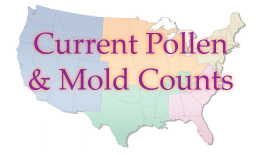Anaphylaxis
Anaphylaxis (an-a-fi-LAK-sis) is a serious, life-threatening allergic reaction. The most common anaphylactic reactions are to foods, insect stings, medications and latex.
Anaphylaxis is a severe, whole-body allergic reaction to a chemical that has become an allergen. After being exposed to a substance such as bee sting venom, a person’s immune system becomes sensitized to it. On a later exposure to that allergen, an allergic reaction may occur. This reaction happens quickly after the exposure, is severe, and involves the whole body.
Signs and Symptoms of Anaphylaxis
Common signs that a person is suffering from anaphylactic shock may include generalized hives, itchiness, flushing or swelling of the lips, tongue or throat. Some cases include difficulty breathing or passing out and a drop in blood pressure. Other cases present with effects on one’s digestive system including diarrhea .
Treatments
Anaphylaxis requires immediate medical treatment, including an injection of epinephrine and a trip to a hospital emergency room. If it isn’t treated properly, anaphylaxis can be fatal.
People who suffer from asthma and have a family history of anaphylaxis are more at risk of anaphylaxis. Anyone who has experienced anaphylaxis has an increased risk of having another anaphylactic reaction. An allergist / immunologist specializes in diagnosing the problem and helping you develop a plan to protect you in the future.
The best ways to manage your condition are:
• Avoid allergens that trigger your allergic reactions
• Be prepared for an emergency by carrying autoinjectable epinephrine (adrenaline)
